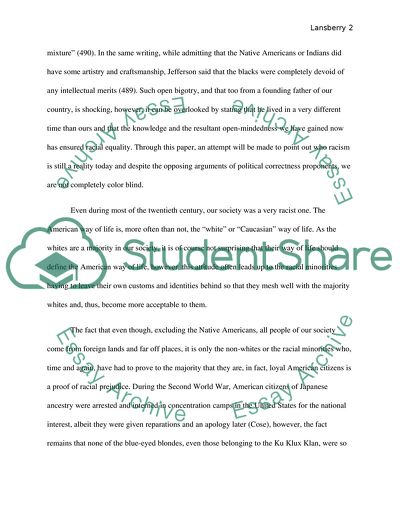Cite this document
(Discrimination Against Racial Minorities - A Reality of Our Times Research Paper, n.d.)
Discrimination Against Racial Minorities - A Reality of Our Times Research Paper. Retrieved from https://studentshare.org/social-science/1736075-critical-argument-research-paper
Discrimination Against Racial Minorities - A Reality of Our Times Research Paper. Retrieved from https://studentshare.org/social-science/1736075-critical-argument-research-paper
(Discrimination Against Racial Minorities - A Reality of Our Times Research Paper)
Discrimination Against Racial Minorities - A Reality of Our Times Research Paper. https://studentshare.org/social-science/1736075-critical-argument-research-paper.
Discrimination Against Racial Minorities - A Reality of Our Times Research Paper. https://studentshare.org/social-science/1736075-critical-argument-research-paper.
“Discrimination Against Racial Minorities - A Reality of Our Times Research Paper”, n.d. https://studentshare.org/social-science/1736075-critical-argument-research-paper.


